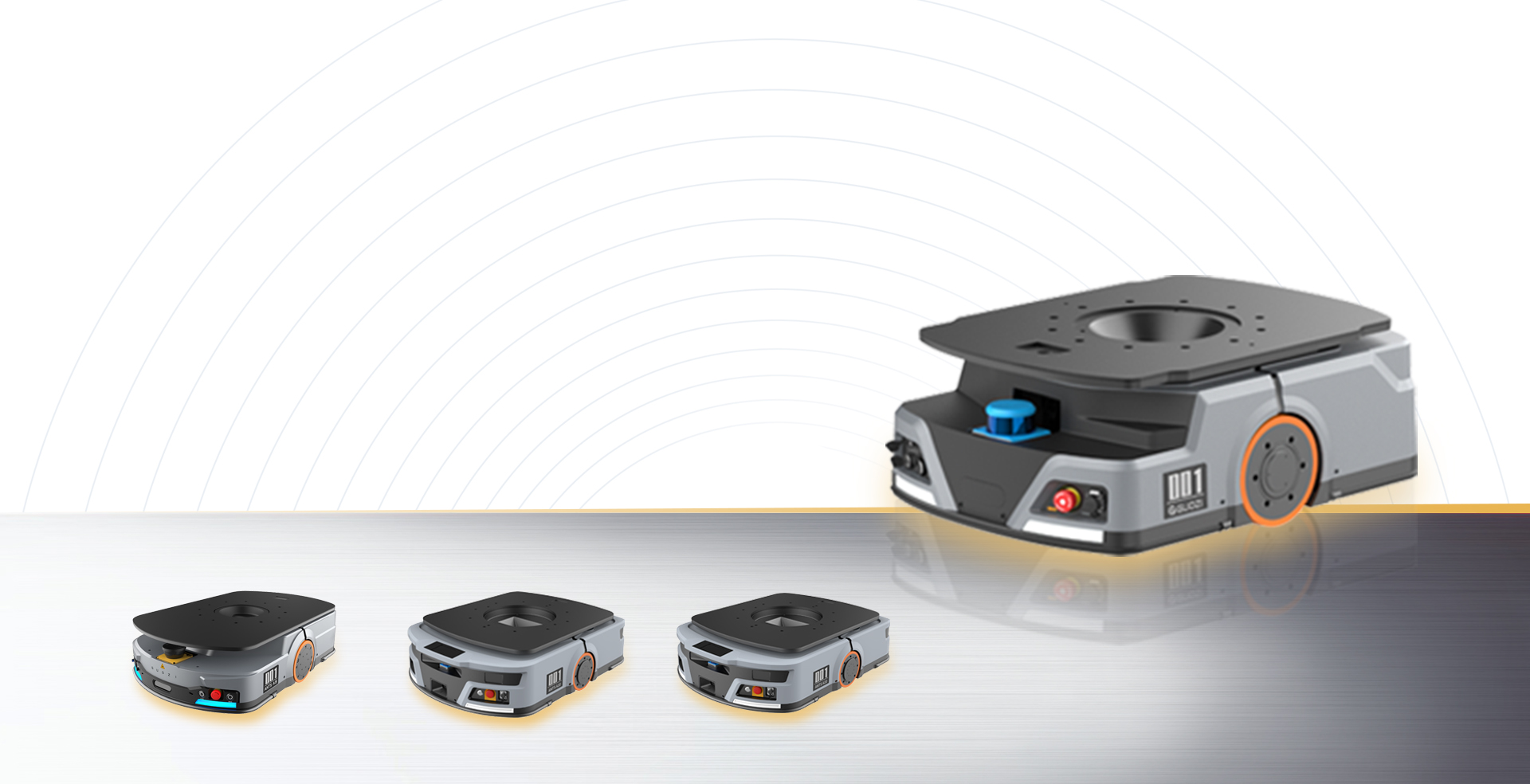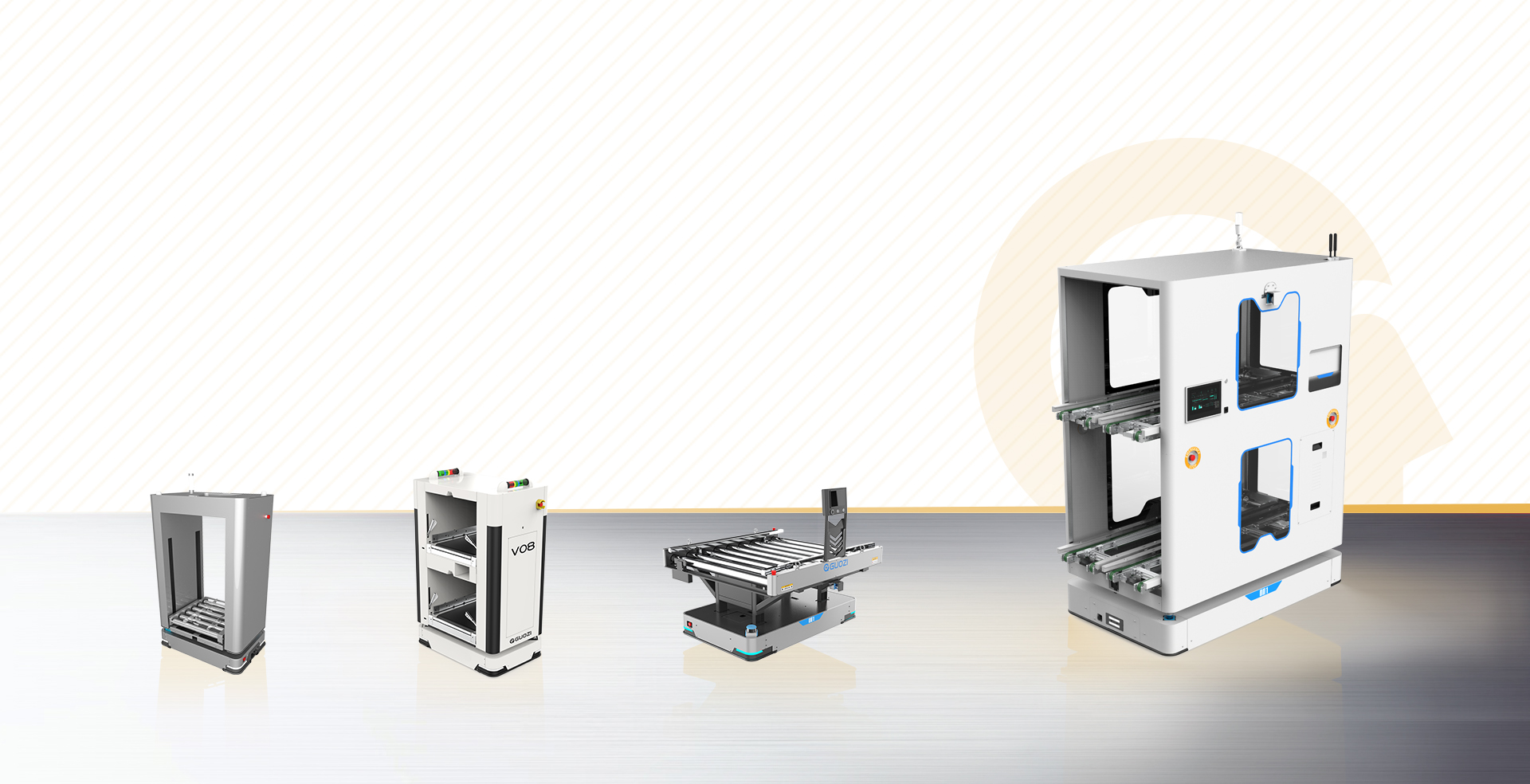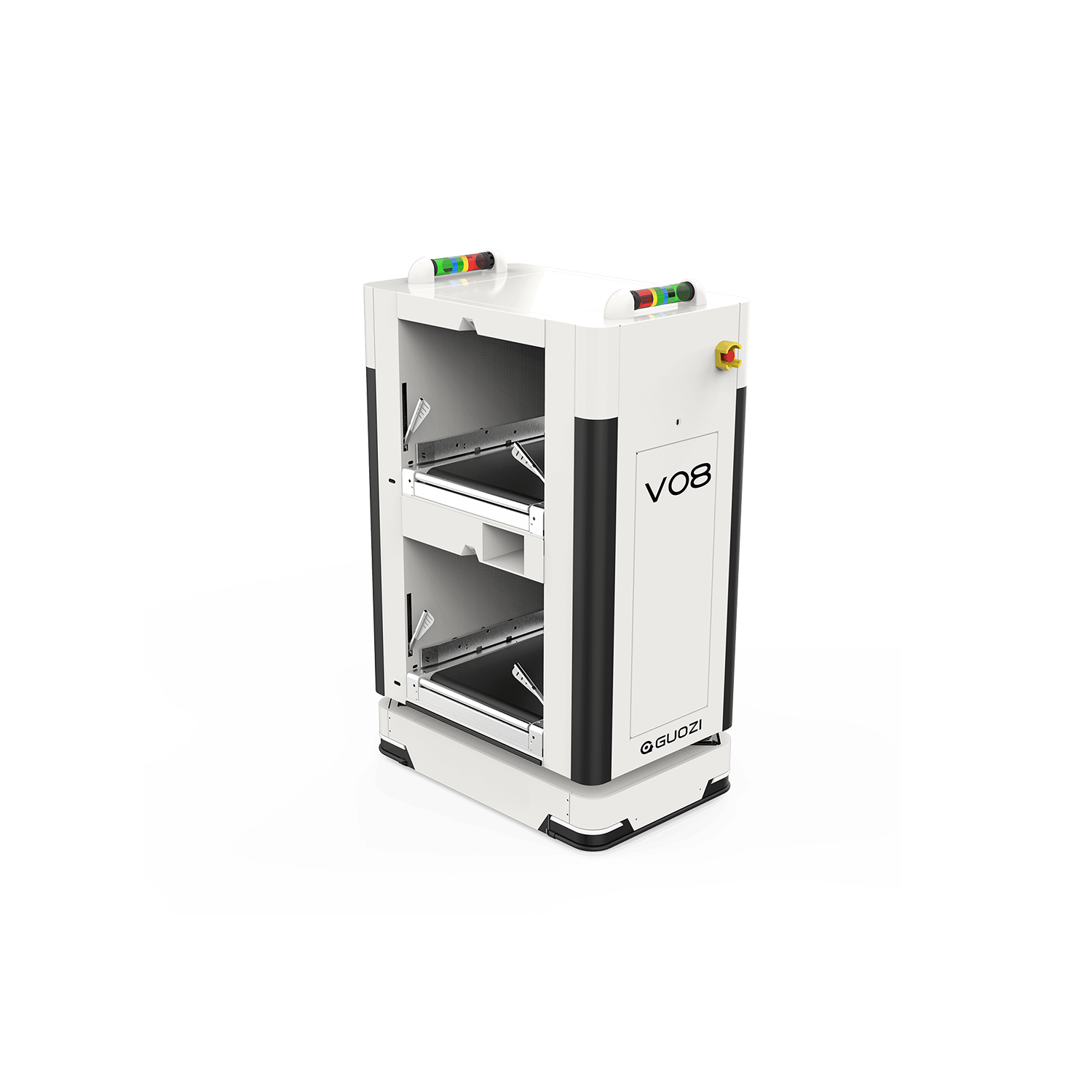With the continuous progress of science and technology, robotics is developing towards miniaturization and networking. As an important branch in the field of bionics, the design of ant robots for miniaturization and networking has become a research hotspot. In this paper, we will discuss the design concepts, technical challenges and application prospects of ant robots in miniaturization and networking.
Miniaturization: the ultimate pursuit of ant robots
Miniaturization significance: miniature Ant robots are characterized by small size, light weight and good concealment, which are suitable for operating in narrow spaces and special environments.
Design Challenge: Miniaturization design requires the robot to have a highly integrated internal structure and precise manufacturing process.
Technological advances:
(1) Microelectromechanical systems (MEMS): the use of MEMS technology to achieve miniaturized manufacturing of robots.
(2) Nanomaterials: application of nanotechnology to enhance the performance and functionality of robots.
Networking: swarm intelligence for ant robots
Swarm collaboration: networked ant robots are able to accomplish complex tasks through swarm collaboration, just like real ants.
Communication technology: wireless communication technology is the key to networked robots, including Wi-Fi, Bluetooth, and ZigBee.
Network topology: a reasonable network topology is designed to ensure efficient communication and cooperative operation of robot groups.
IV. Design innovation: fusion of miniaturization and networking
micro-sensor network: integrate micro-sensors into ant robots to construct a distributed perception network.
Self-organizing network: the robot is able to automatically adjust the network structure and operation strategy according to the environmental changes and task requirements.
Energy-efficient: the endurance of the micro-ant robot is improved through optimized design and the use of energy harvesting technologies.
Application prospects: diversified scenarios for ant robots
Medical field: miniature ant robots can be used for in-vivo diagnosis and treatment to realize precision medicine.
Military reconnaissance: utilizing its stealthy nature, micro ant robots can perform reconnaissance and surveillance missions on the battlefield.
Environmental monitoring: networked ant robots can be used for environmental monitoring to collect and analyze data in real time.
Challenges and Countermeasures
Manufacturing Challenges: miniaturized robots are complicated to manufacture and require the development of new manufacturing techniques and equipment.
Energy constraints: energy supply for miniaturized robots is a major challenge, and new energy storage and conversion technologies need to be researched.
Stability and reliability: in networked operations, it is crucial to ensure the stability and reliability of each robot.
Miniaturization and networking are the important development directions of ant robot design, and they provide infinite possibilities for the application of robots in many fields. In the face of technological challenges, Chinese researchers should continue to innovate and promote the development of ant robotics to bring more benefits to human society. With the deepening of research, miniaturized and networked ant robots will become a major highlight in the future of science and technology.








